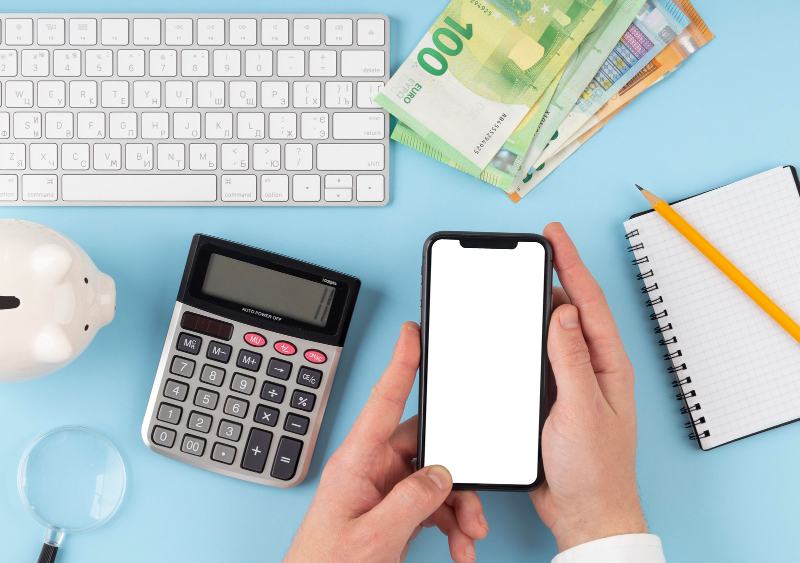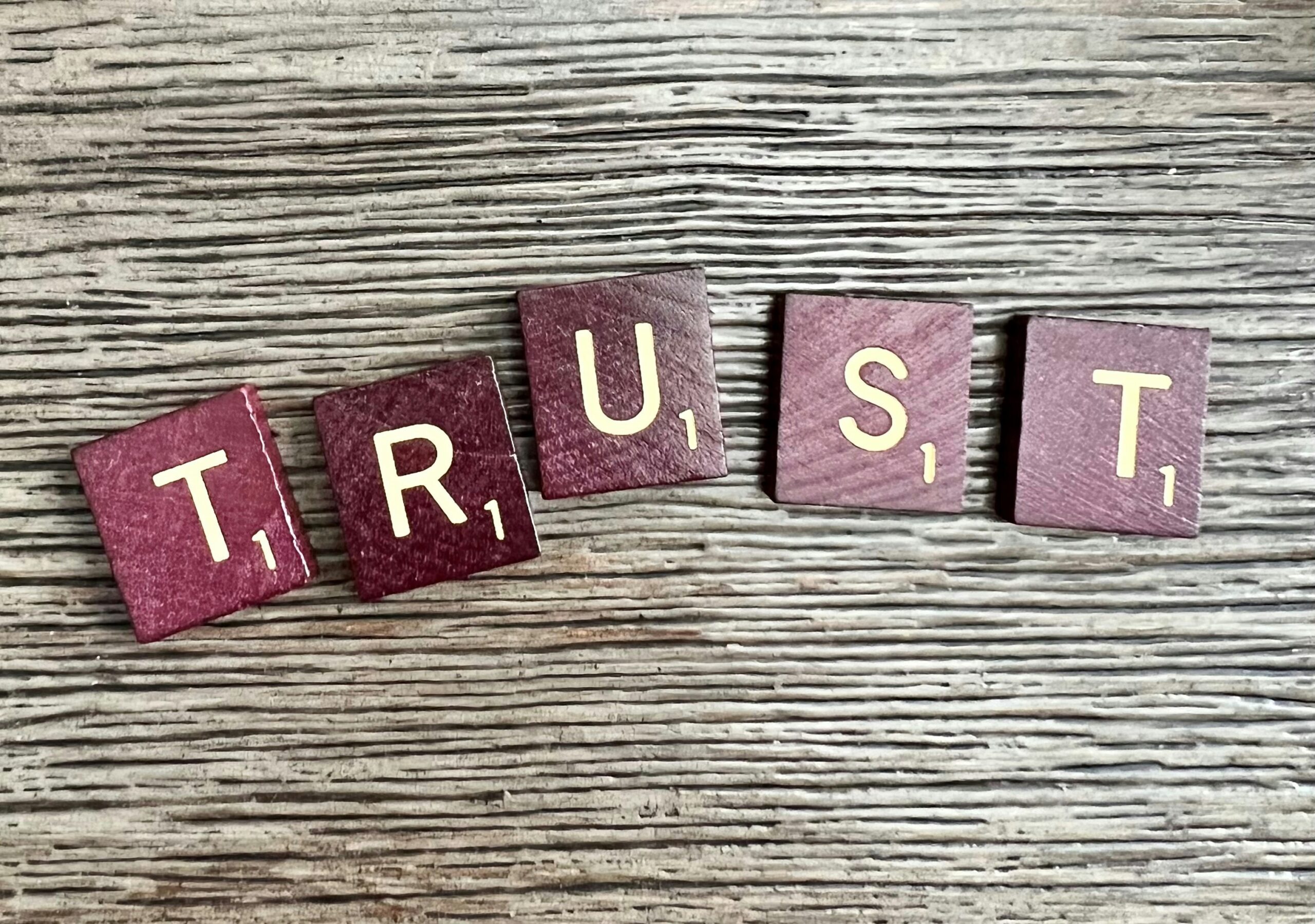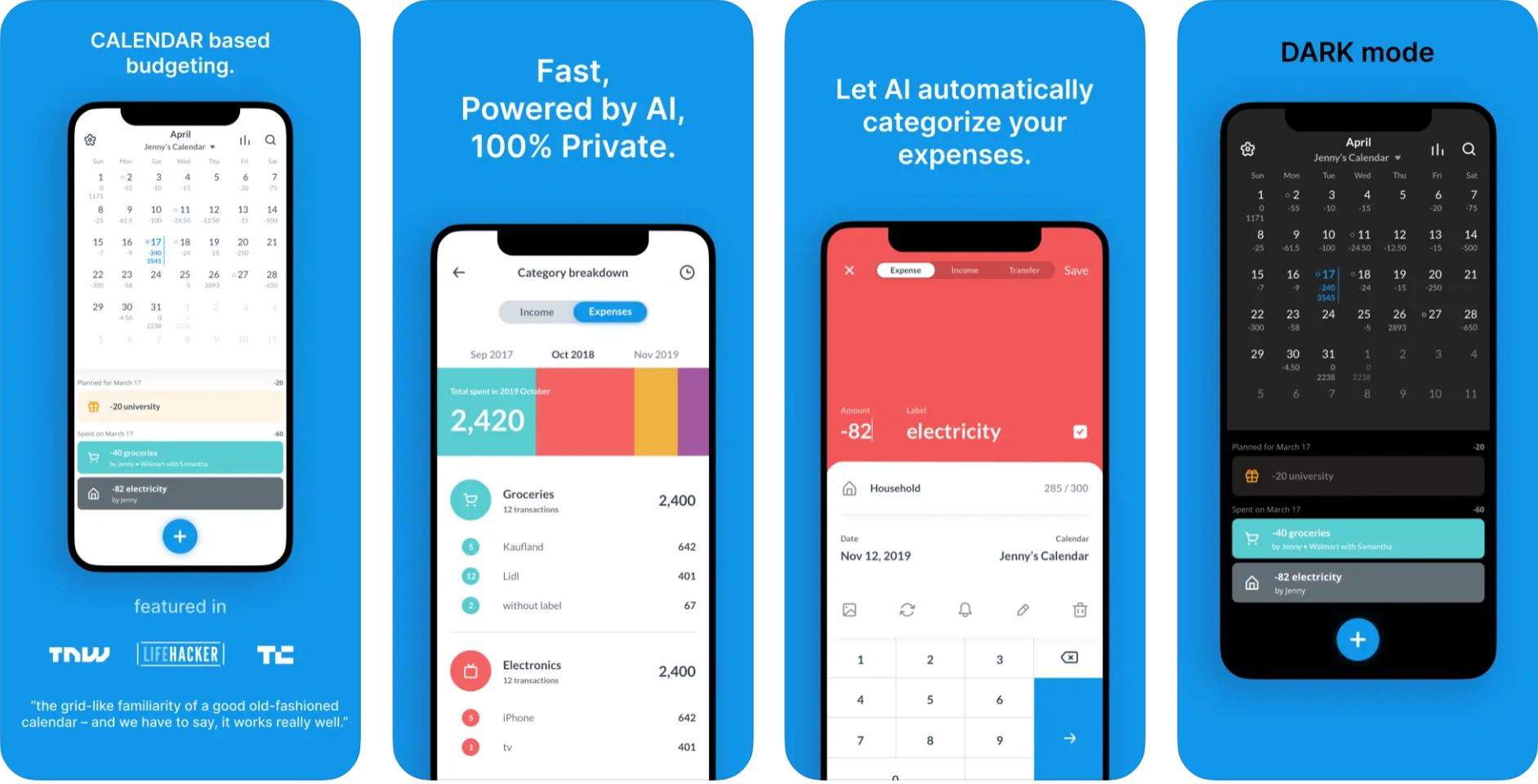YNAB vs Mint vs EveryDollar: Which Budgeting App is Best for You in 2025?
Introduction
In today’s world of rising living costs, tight household budgets, and financial uncertainty, the importance of effective money management has never been greater. YNAB vs Mint vs EveryDollar! Families and individuals alike are searching for tools that can help them track spending, save more, and plan for the future without feeling overwhelmed. Budgeting apps have quickly become one of the most practical solutions for managing personal finances in 2025. Private Health Insurance Comparison
Among the most popular and widely used tools are YNAB (You Need A Budget), Mint, and EveryDollar. Each offers a unique approach to budgeting, from zero-based systems to automated tracking, but the core goal is the same: helping people achieve better control over their money. Choosing between these platforms can be difficult, especially for new users unfamiliar with the features, pricing, and limitations of each.
This comprehensive guide compares YNAB vs Mint vs EveryDollar in detail, breaking down their costs, benefits, challenges, and suitability for different types of users. By the end, you’ll have a clear idea of which budgeting app best fits your financial goals in 2025. Best Stock Trading Platforms 2025
What Are the Top Budgeting Apps? (YNAB vs Mint vs EveryDollar Overview)
Budgeting apps are designed to simplify financial management by tracking income, expenses, goals, and debt payoff. Among the vast selection, YNAB, Mint, and EveryDollar consistently rank as top choices because of their popularity, proven results, and distinct budgeting philosophies. Cheapest Car Insurance Companies 2025
-
YNAB (You Need A Budget): Known for its zero-based budgeting method, YNAB encourages users to “give every dollar a job.” This makes it highly effective for debt payoff and intentional spending.
-
Mint: Mint has long been a free favorite, offering automatic bank syncing, credit score monitoring, and visual spending insights. It appeals to users who want effortless expense tracking.
-
EveryDollar: Created by Dave Ramsey’s team, EveryDollar is designed for simplicity and discipline, using zero-based budgeting principles but with a more straightforward setup than YNAB.
While these apps all serve the same purpose, their methods and pricing differ significantly, making the choice between them a matter of lifestyle and financial priorities. Cheap Health Insurance Quotes Online
How Do Budgeting Apps Work? Options for Beginners and New Users
For beginners, the process of learning how to budget with technology can feel intimidating. However, budgeting apps like YNAB, Mint, and EveryDollar are built to be accessible, even for first-time users. Best Budgeting Apps 2025
-
Linking Accounts or Manual Entry:
-
Mint automatically syncs with your bank and credit accounts to track spending.
-
YNAB and EveryDollar allow both syncing (premium feature) and manual entry, which is useful for people who prefer more control.
-
-
Tracking Income and Expenses:
Users input or import income sources (salary, side hustle, benefits) and categorize expenses (rent, groceries, subscriptions). These categories help users see where money is going each month. -
Budgeting Methodologies:
-
YNAB emphasizes zero-based budgeting, meaning you assign every dollar to a category before spending.
-
Mint focuses on spending awareness rather than strict forward planning.
-
EveryDollar, while also zero-based, is designed with simplicity, making it beginner-friendly for those following Dave Ramsey’s “baby steps.”
-
-
Beginners’ Advantage:
Students, first-time earners, and young adults can benefit by building healthy habits early. By understanding where their money goes, they avoid overspending and set aside funds for savings or debt repayment. Best Personal Finance Software for Families in 2025
For new users, the most important factor is consistency — whichever app they choose must be easy enough to use daily or weekly to see results.
How Much Do Budgeting Apps Cost?
Pricing is a key consideration when comparing YNAB vs Mint vs EveryDollar.
-
YNAB: $14.99/month or $99/year. Although pricier, many users feel the savings and financial clarity justify the subscription.
-
Mint: Free. However, Mint has begun shifting features into premium add-ons since its integration with Credit Karma.
-
EveryDollar: Free basic plan available. Premium version costs $79.99/year and includes automatic bank syncing.
For those who prioritize affordability, Mint and EveryDollar’s free versions may be appealing. For users serious about transforming their financial lives, YNAB often proves worth the investment.
Types of Budgeting Approaches That Can Save Money
Each budgeting app reflects a different approach to financial management. Here’s a breakdown of key methods they use:
-
Zero-Based Budgeting (YNAB & EveryDollar): Every dollar of income is assigned a purpose, whether for expenses, savings, or debt. This approach creates accountability and minimizes waste.
-
Envelope System (Digital Version): Divides money into categories (or “envelopes”). YNAB and EveryDollar simulate this through category assignments.
-
Goal Tracking: Users can set specific savings or debt repayment goals (e.g., $5,000 emergency fund). YNAB excels in this area.
-
Automated Tracking (Mint): Mint automatically categorizes transactions, making it easy to see spending habits with minimal effort.
-
Manual Entry Discipline: Some users prefer EveryDollar’s manual entry system, which forces awareness of every purchase.
These different approaches allow individuals to find the right system for their personality and financial situation.
Top Companies Offering Popular Budgeting Tools (YNAB, Mint, EveryDollar, and Alternatives)
While YNAB, Mint, and EveryDollar are the focus, other notable competitors in the budgeting space include:
-
YNAB: Comprehensive features, strong community support, best for goal-oriented savers.
-
Mint: User-friendly and free, ideal for people who want minimal effort.
-
EveryDollar: Great for followers of Dave Ramsey, straightforward setup.
-
Alternatives:
-
PocketGuard: Focuses on “what’s left to spend” after bills.
-
GoodBudget: Envelope-based system for families.
-
Personal Capital (Empower): Strong investment tracking in addition to budgeting.
-
Each company’s tool offers different levels of automation, customization, and long-term benefits.
What’s Typically Included in a Budgeting App?
Most budgeting apps provide:
-
Income and expense tracking
-
Categorization of transactions
-
Goal setting (savings, debt repayment, investments)
-
Bank account and credit card syncing (premium in some apps)
-
Reports and charts showing financial trends
-
Notifications and reminders for bills
These features make budgeting apps a complete toolkit for financial management.
What’s Typically Not Included in a Budgeting App?
Despite their usefulness, budgeting apps have limitations:
-
Advanced investment management (beyond simple tracking)
-
Comprehensive tax planning tools
-
Retirement planning calculators (only in certain premium versions)
-
Debt counseling or direct financial advice
-
Guarantees of improved behavior (the user still must stay disciplined)
Knowing these gaps helps set realistic expectations when choosing the right tool.
Benefits of Using the Cheapest or Free Budgeting Apps
Free or low-cost budgeting apps like Mint or the free version of EveryDollar offer:
-
Accessibility: Anyone can start without a financial barrier.
-
Basic financial awareness: Even free apps track spending habits effectively.
-
Flexibility: Users can test features before upgrading.
-
Good for students and beginners: Easy entry point into financial literacy.
Challenges of Relying Only on Free Budgeting Apps
However, free apps come with trade-offs:
-
Limited customization (few categories or features)
-
Ads and third-party promotions (especially in Mint)
-
Fewer reporting tools compared to paid versions
-
No advanced goal tracking in some cases
-
Security concerns depending on integrations
Free tools are best for casual users, but serious budgeters may feel restricted.
Is Paying for a Premium Budgeting App Worth It?
Premium budgeting apps like YNAB and EveryDollar Plus offer:
-
Bank syncing for automatic updates
-
Advanced reporting (spending trends, projections)
-
Shared access for families/couples
-
Faster setup and maintenance
For many households, paying $80–$100 per year for a tool that saves thousands annually is a worthwhile investment. The key is whether the user will commit to using the app regularly.
Application Requirements and Setup for Budgeting Apps
Setting up any budgeting app is simple but requires a few essentials:
-
A device (smartphone, tablet, or computer)
-
Internet access
-
A valid email address
-
Optional: linked bank or credit card accounts
-
Time to categorize and review expenses weekly
Security is also a priority: all three apps use bank-grade encryption to protect user data.
Top Countries/Regions Where Budgeting Apps Are Most Popular
Budgeting apps are gaining global traction, with highest usage in:
-
United States – where YNAB, Mint, and EveryDollar dominate.
-
Canada – rising adoption of both YNAB and Mint.
-
United Kingdom – strong competition with alternatives like Emma and Money Dashboard.
-
Australia – growing popularity due to increased cost of living.
-
India – adoption of mobile-first budgeting apps as fintech expands.
Each region reflects cultural attitudes toward budgeting and saving.
Income vs Subscription Comparison: How Affordable Are These Apps for Households?
| Region | Avg Monthly Income | YNAB Cost (Monthly) | EveryDollar Premium | Mint (Free) | % of Income Spent on App |
|---|---|---|---|---|---|
| U.S. | $5,500 | $14.99 | $6.67 | $0 | 0.27% |
| Canada | $4,500 | $14.99 | $6.67 | $0 | 0.33% |
| U.K. | $3,800 | $14.99 | $6.67 | $0 | 0.39% |
| Australia | $4,200 | $14.99 | $6.67 | $0 | 0.35% |
| India | $700 | $14.99 | $6.67 | $0 | 2.1% |
This comparison shows how affordability differs globally. For lower-income regions, free apps like Mint provide crucial accessibility.
Step-by-Step Guide: How to Choose and Set Up the Right Budgeting App
-
Research – Compare features of YNAB vs Mint vs EveryDollar.
-
Trial Period – Use free trials to test user experience.
-
Account Setup – Register with email, verify, and link accounts if desired.
-
Create Categories – Define spending categories (rent, groceries, entertainment).
-
Set Goals – Emergency fund, debt payoff, or vacation savings.
-
Track Regularly – Review weekly for accuracy.
-
Adjust and Improve – Move money between categories as needs change.
Websites and Tools to Compare Budgeting Apps
Several platforms offer side-by-side comparisons:
-
Official websites: ynab.com, mint.intuit.com, everydollar.com
-
Comparison sites: NerdWallet, Investopedia, The Balance
-
App reviews: Google Play, Apple App Store
-
YouTube tutorials: Step-by-step setup guides from finance creators
FAQs about Budgeting Apps (YNAB, Mint, EveryDollar)
Q: Which app is best for beginners?
A: Mint or EveryDollar Free for simplicity.
Q: Which app helps most with debt payoff?
A: YNAB, due to its zero-based system and goal tracking.
Q: Can I use these apps without linking my bank?
A: Yes, manual entry is available in all three.
Q: Is YNAB worth the price?
A: For consistent users, yes. The savings often outweigh the cost.
Q: Do these apps work internationally?
A: YNAB and Mint work best in North America, while EveryDollar is U.S.-focused.
Conclusion: Choosing Between YNAB, Mint, and EveryDollar for Smarter Money Management
The comparison of YNAB vs Mint vs EveryDollar highlights that no single app is perfect for everyone.
-
Choose YNAB if you want deep control, goal setting, and don’t mind paying for premium features.
-
Choose Mint if you want a free, automated tool that requires little effort.
-
Choose EveryDollar if you prefer a simple zero-based budget, especially if you’re following Dave Ramsey’s principles.
Ultimately, the “best” budgeting app is the one you’ll actually use consistently. With discipline and the right tool, managing money in 2025 doesn’t have to feel overwhelming — instead, it can become the foundation for financial peace and long-term security.






